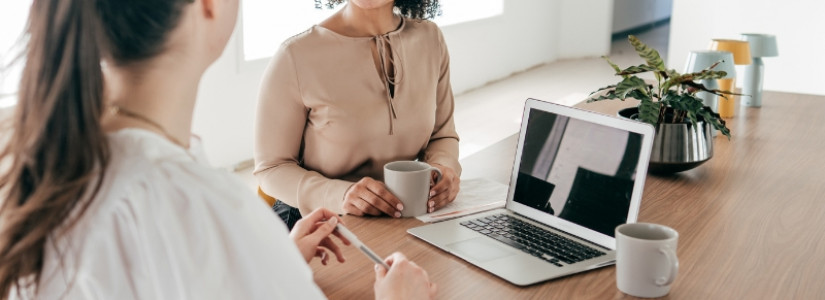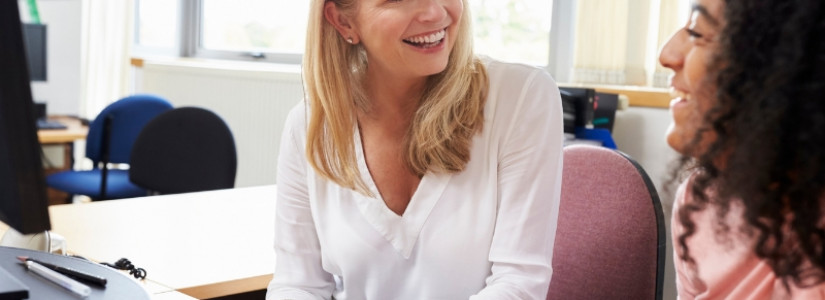Crafting a Strong Professional Portfolio for Career Growth
A well-crafted portfolio can be a powerful tool to showcase your skills, experience, and accomplishments. Whether you’re in a creative field, tech, or any profession in between, a portfolio can help you illustrate your career journey and capabilities more dynamically and comprehensively.
Here’s how to build a compelling portfolio that could pave the way for your career advancement.
Know Your Objective
Start by defining the purpose of your portfolio. Is it to land a new job? Or perhaps to secure freelance clients or a promotion? Having a clear objective will help you decide what content to include and how to organize it.
Select Your Best Work
Quality trumps quantity. Include projects that showcase your skills, creativity, and range of experience. For creatives, this could be design work, articles, or videos. For non-creative professions, consider including case studies, project plans, reports, or any tangible evidence of your accomplishments.
Tell the Story Behind Each Project
For each project in your portfolio, provide a brief description that outlines the challenge, your approach, and the outcome. Highlight any specific skills or technologies you used and the impact your work had on the overall project or business objectives. This narrative can offer insights into your problem-solving process and work ethic.
Keep It Updated
An out-of-date portfolio might do more harm than good. Regularly add new projects, remove older or less relevant work, and update your achievements as your career progresses.
Make It Accessible
Digital portfolios are more accessible and easier to share. Websites like Behance or GitHub, depending on your industry, are excellent platforms to host your work. For a more personalized space, consider building your own website using platforms like Wix or Squarespace.
Pay Attention to Design
The layout and design of your portfolio should reflect your personal brand and be easy to navigate. Ensure that the design doesn’t overshadow the content but enhances the user’s ability to access and understand your work.
Include Testimonials
If possible, include testimonials from clients or colleagues. Positive feedback on your professionalism, work ethic, and the quality of your work can significantly boost your credibility.
Offer a Downloadable Resume
While your portfolio showcases your work in depth, including a concise, downloadable resume gives viewers quick access to your career summary, skills, and contact information.
Share Your Process
Especially relevant for creative fields, sharing your process — from initial sketches to final outcomes — can provide valuable insight into how you approach projects, your creativity, and your problem-solving skills.
Utilize Social Media and Professional Networks
Finally, connect your portfolio to your LinkedIn profile and consider sharing it on other relevant professional networks or social media platforms. This can increase your visibility and open doors to new opportunities.
-
Building a solid portfolio takes time and effort, but the payoff can be significant. It not only sets you apart from other candidates but also gives potential employers or clients a tangible sense of what you bring to the table. Start today, and watch as new doors begin to open in your career journey.
-
Want more tips to achieve career success? Check out these article:

Weekly newsletter
Stay in the know. Subscribe for the latest products, offerings, and exclusive content in your inbox weekly
Related Articles
View all postsA fulfilling career can be within everyone's reach
Sign up for our newsletter and join a community of motivated professionals. Your path to a rewarding career starts here!
Thank you! You're now subscribed.
Subscribe Now











